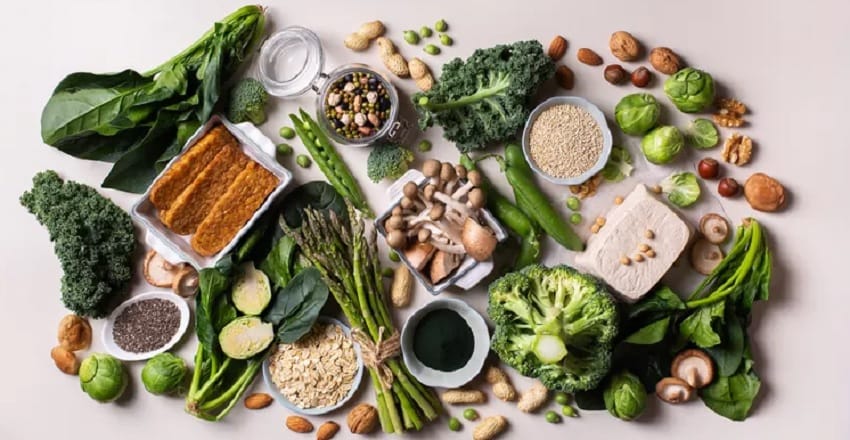In the vast and ancient science of Ayurveda, the key to true well-being lies in balancing the three doshas—Vata, Pitta, and Kapha—each born from the five elements. Of these, Vatadosha, governed by air and ether, is the most subtle yet powerful, directing movement in the body and mind. When Vata is stable, we enjoy mental clarity, vitality, and creativity. However, when imbalanced—especially in dry, windy, or chaotic conditions—symptoms like anxiety, constipation, fatigue, and dryness may appear. This is where an Ayurveda VataDosha Diet becomes essential, particularly during summers when dehydration and mental agitation are common. Understanding VataDosha Vata controls all motion: breath, blood flow, elimination, and neural impulses. But its light, dry, and mobile qualities can lead to imbalance quickly. Thankfully, Ayurveda teaches that by applying the opposite qualities—warmth, moisture, stability, and nourishment—we can pacify Vata naturally and effectively. What is a Vata-Pacifying Diet? The Ayurveda VataDosha Diet focuses on grounding and rejuvenation. Transitioning away from cold or raw foods… Continue reading Ayurveda and the VataDosha Diet: Grounding the Air Within in Summers






